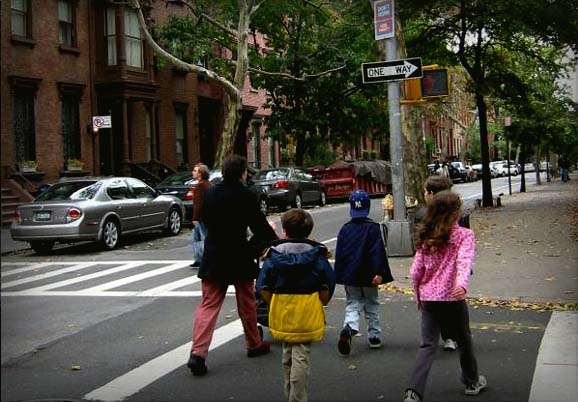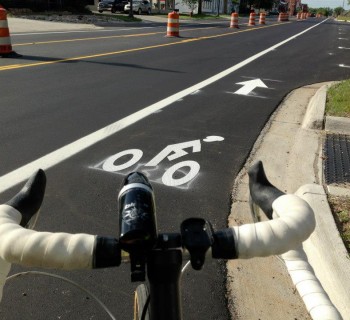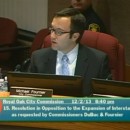WASHINGTON, D.C.—A bipartisan bill that could fundamentally change how roads and bridges are built from coast to coast is now making its way through Congress. Introduced on June 20 by U.S. Reps Doris Matsui (D-Calif.) and David Joyce (R-Ohio), the Safe Streets Act of 2013 would require states and metropolitan planning organizations to consider a full spectrum of users when designing and developing federally funded roadway projects.
They would have two years to pass laws or implement protocols to ensure safe access and convenience for all users during all phases of a road project’s development. Known as Complete Streets policies, these rules would cover pedestrians, bicyclists, transit users, children, older individuals and individuals with disabilities in addition to motorists.
“Too many of the roads in our country are designed solely with drivers in mind,” Rep. Matsui said in a release. “The risks of such design are evident in the number of pedestrian and bicyclist deaths and injuries we see every year, and often discourage more people from considering other transportation methods.”
Roadway fatalities fell 2 percent in the United States from 2010 to 2011, according to the National Highway Transportation Safety Administration. However, deaths of pedestrians climbed 3 percent and those involving cyclists rose 9 percent during that time.
Rep. Matsui believes developing the nation’s road system with a full range of users in mind could help address these and other issues.
“Complete Streets policies have been a major success at the local and state level, saving lives, easing congestion, fighting air pollution and creating forward-looking projects that provide lasting value,” she said.
Under the proposed legislation, the U.S. Secretary of Transportation Anthony Foxx would be required to establish a method for evaluating these policies within a year of its passage; the secretary would need to report back to Congress on the progress of states and metropolitan planning organizations within three years.
Complete Streets measures have already been adopted in or received written commitments from 28 states and around 500 regional and local jurisdictions, according to the National Complete Streets Coalition.
Michigan became part of this group in 2010 with the signing of a legislative package by the previous governor, Jennifer Granholm. That legislation established a special advisory council, appointed by the governor, to advise the State Transportation Commission and local agencies on how to implement Complete Streets policies.
More recently, the issue of non-motorized travel on Michigan’s streets has become a topic of discussion in the state’s House of Representatives. A bipartisan group of lawmakers there is now sponsoring a “vulnerable roadway user” legislative package that would increase penalties for motorists who carelessly injure or kill cyclists or pedestrians on Michigan roads.
Find your U.S. Representative and let them know how you feel about the proposed Safe Streets Act of 2013.










